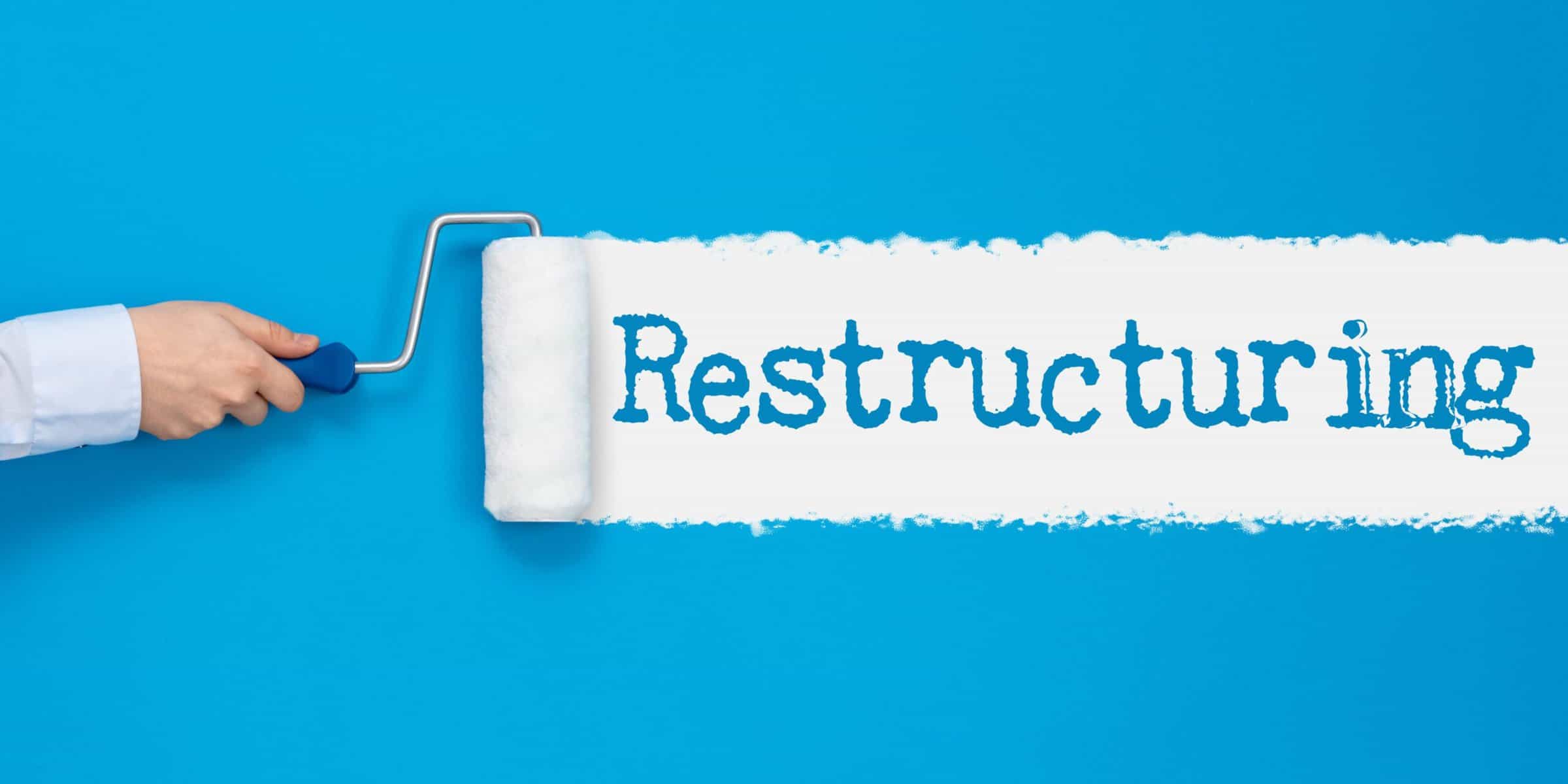
The Small Business Restructuring Process (SBRP): FAQs
As a small business owner in Australia, navigating financial challenges can be daunting. However, the Small Business Restructuring Process (SBRP) offers a lifeline for struggling businesses, providing a pathway to regain stability and thrive once more.
1. What is the Small Business Restructuring Process (SBRP)?
The Small Business Restructuring Process is a streamlined, cost-effective restructuring mechanism introduced by the Australian government in 2021. It aims to help small businesses facing financial distress by providing a simplified process to reorganise their debts and operations, giving them the opportunity to continue trading and avoid insolvency.
2. Who is eligible for the SBRP?
To be eligible for the Small Business Restructuring Process, your business must meet the following criteria:
- Be incorporated under the Corporations Act 2001 (Cth)
- Have total liabilities (debts) of less than $1 million (excluding employee entitlements)
- Not have previously utilised the SBRP within the last seven years
- Be up-to-date with tax lodgments and employee entitlements
3. How does the SBRP differ from voluntary administration?
The SBRP is a simplified and less costly alternative to voluntary administration, specifically designed for small businesses. While both processes aim to restructure debts, voluntary administration is typically a more complex procedure, often utilised by larger companies, and involves the appointment of an external administrator to take control of the business temporarily.
4. How does the SBRP work?
The SBRP process involves three main stages:
- Appointment of a Small Business Restructuring Practitioner (SBRP): As a business owner, you must engage a registered SBRP to oversee the restructuring process.
- Development of a Restructuring Plan: Together with the SBRP, you’ll create a restructuring plan that outlines how your business intends to repay its debts and improve its financial position.
- Creditors’ Vote: The restructuring plan is presented to your creditors, who then vote on whether to accept or reject the proposal. If the plan is accepted, it becomes binding and your business can continue trading while following the agreed-upon terms.
5. Can I continue running my business during the SBRP?
Yes, one of the significant benefits of the SBRP is that you can continue to operate your business while the restructuring plan is being implemented. This allows you to maintain customer relationships and work towards business recovery.
6. What are the advantages of the SBRP?
The Small Business Restructuring Process offers several advantages, including:
- Avoiding the need for liquidation and potential business closure
- Remaining in control of your business operations
- Protection from legal actions taken by unsecured creditors while the plan is being formulated
- Opportunity to negotiate with creditors and reach manageable repayment terms
7. How can Wisdom Business Consultants assist me in the SBRP?
At Wisdom Business Consultants, our friendly and compassionate team can guide you through the SBRP. We can:
- Assess your business’s financial health and eligibility for the SBRP
- Help you develop a comprehensive and viable restructuring plan
- Liaise with creditors on your behalf and facilitate productive negotiations
- Provide ongoing support and advice throughout the process to ensure its successful implementation.
The Small Business Restructuring Process is a valuable tool that offers hope and stability to struggling small businesses in Australia. Understanding its eligibility criteria, benefits, and how it differs from other restructuring options can help you make an informed decision. We partner with Chifley Advisory, a respected advisory firm with over 40 years corporate experience, to offer this service. To get your business back on track, contact Wisdom today!

